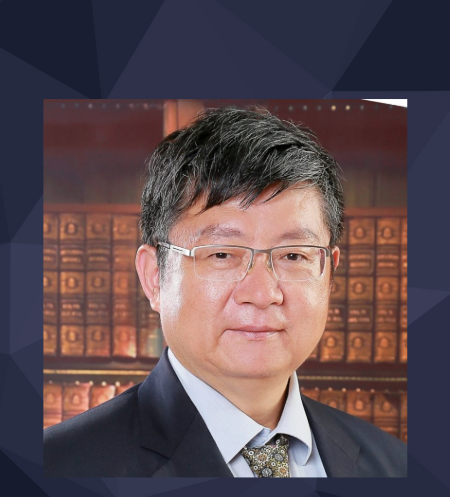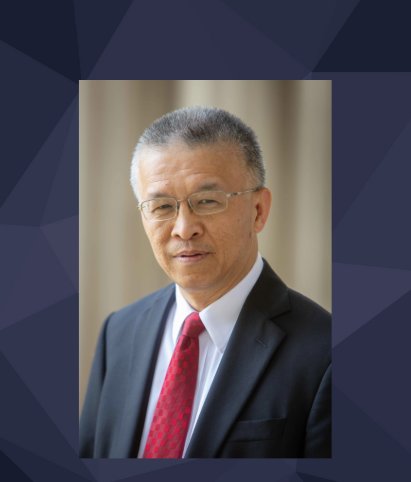TechTalk – Understanding the Turkey-Syria Earthquakes with Methane Gas Refined Fault Theory of Tectonic Earthquakes
At 4:17 am (Turkey time), Feb. 6, 2023, a damaging Mw 7.8 (or 8.0) earthquake struck southern and central Turkey and western Syria and was followed by many aftershocks including an unusually powerful Mw 7.8 (or 7.5) that occurred at 13:24. The earthquakes caused widespread damage including collapsing of many buildings. So far over 11,000 deaths were reported. Figures were projected to rise dramatically by World Health Organization.
In this Teck Talk, Professor Yue will present his understanding of the causes of the earthquakes and the associated building collapses using his methane gas refined fault theory of tectonic earthquakes. Each earthquake involved a rapid release of highly compressed methane gas expansion energy that was previously stored in deep aperture of rock fault zone. The highly compressed gas mass can rapidly expand, rupture, penetrate, and flow from the deep fault zone to shallow ground at a speed of 3 to 1 km/s. The rapid gas flow and expansion in fault rock zone generate massive seismic waves and induce huge concentrated damage to localized grounds and buildings. The earthquake is a cooling process since the gas expansion absorbs heat and cools the surrounding materials in the ground and sky, which can cause local weather changes including the occurrence of air temperature drop-down, rainfall and/or snow.










